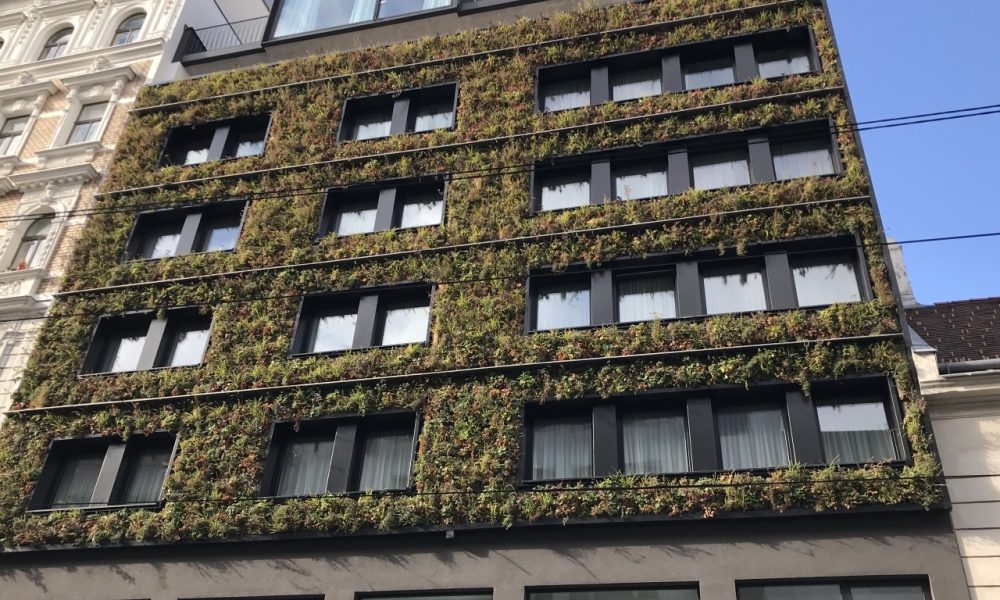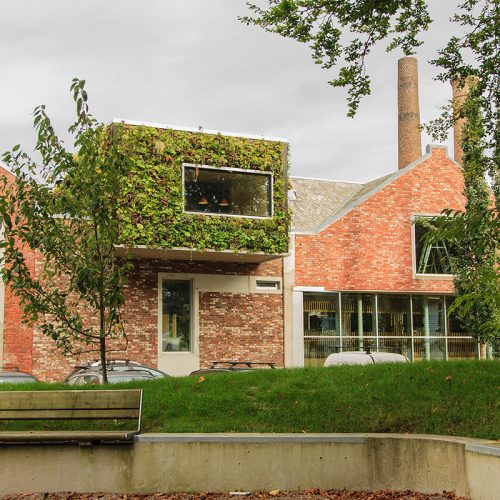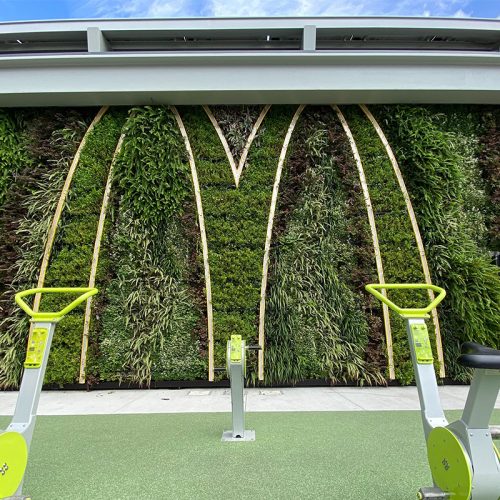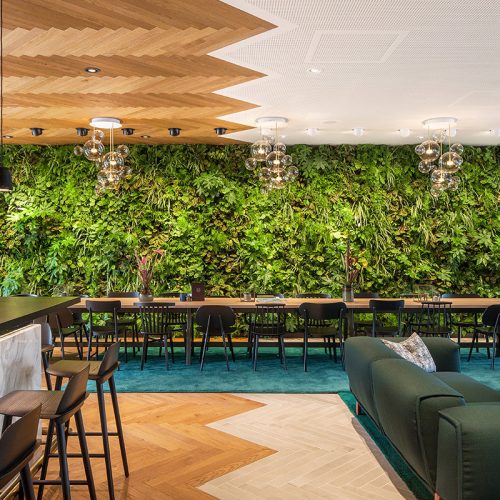From Tuesday 4 to Thursday 6 June 2019, Sempergreen was present with its movable living plant wall LifeMCC in the Happy Meetings Living Lab of Innovation Lighthouse at PROVADA Future. PROVADA is the largest real estate exhibition in the Netherlands which took place in the RAI in Amsterdam. The real-time Living Lab investigated how various biophilic elements, including a green wall in the shape of the Sempergreen LifeMCC, influence the air quality and well-being of users in a meeting room. The test results showed that the green facade of Sempergreen has a proven positive effect on both the air quality in the room and the feeling of well-being of the users.
Impact of biophilic elements on air quality and well-being in meeting rooms
The Living Lab consisted of three identical meeting rooms supplied by Skepp. In every room an office environment was set up as follows:
1. Control room (without biophilic elements)
2. Space with photos of plants (imaginary biophilia)
3. Biophilic space with a living plant wall in the form of a Sempergreen LifeMCC
During the exhibition the air quality in the various meeting rooms was measured using an uHoo air quality monitoring device. With regard to well-being, the perception of comfort and alertness of the users in the room was measured.
Text continues below image
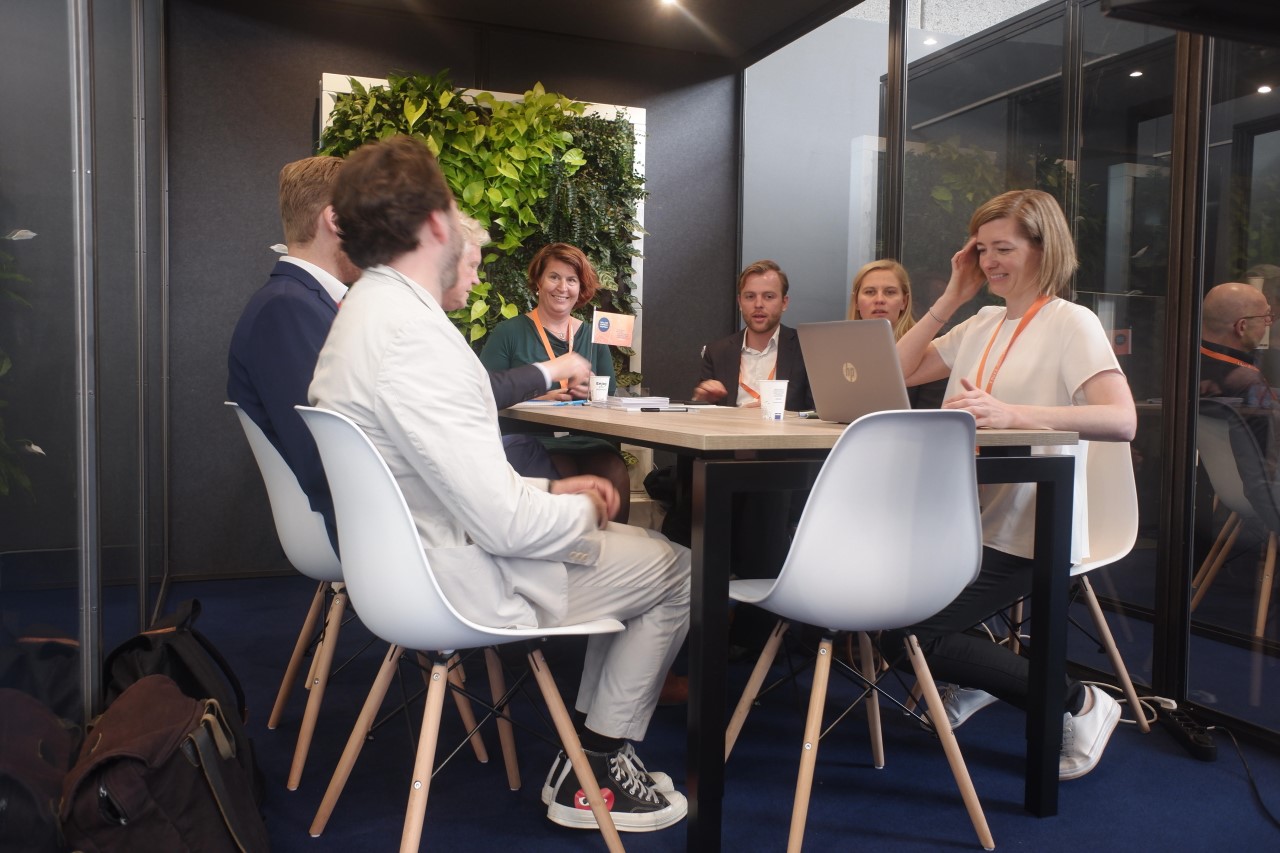
Test results: plant wall LifeMCC improves air quality and well-being
The results of this innovative test were shared during the closing drink at the PROVADA Future bar, organized by Innovation Lighthouse. The test results showed that the movable living plant wall LifeMCC makes a positive contribution to both indoor temperature, air quality and well-being of the users of the room.
Below a summary of the results:
- The green wall room was 2˚C cooler than the other meeting rooms and cooled down faster after the meetings.
- The green wall room had lower concentration of volatile organic compounds (VOCs) (6% lower) and fine dust (25% lower) than the other rooms.
- The participants reported feeling 24% more alert in the room with a living plant wall than in the room without biophilic elements.
- The participants assessed the spaces with biophilic elements as a more pleasant working environment (21-24% higher).
- The room with the Sempergreen LifeMCC was the most popular meeting room; people had an automatic preference to work and meet in the room with living greenery.
- This improved air quality and alertness of employees can lead to cost savings thanks to increased productivity and creativity, lower absenteeism and less stress.
The research results of the Living Lab demonstrate that green facades in office buildings are an important pillar for the well-being of employees and improving the air quality in the building.
Text continues below image
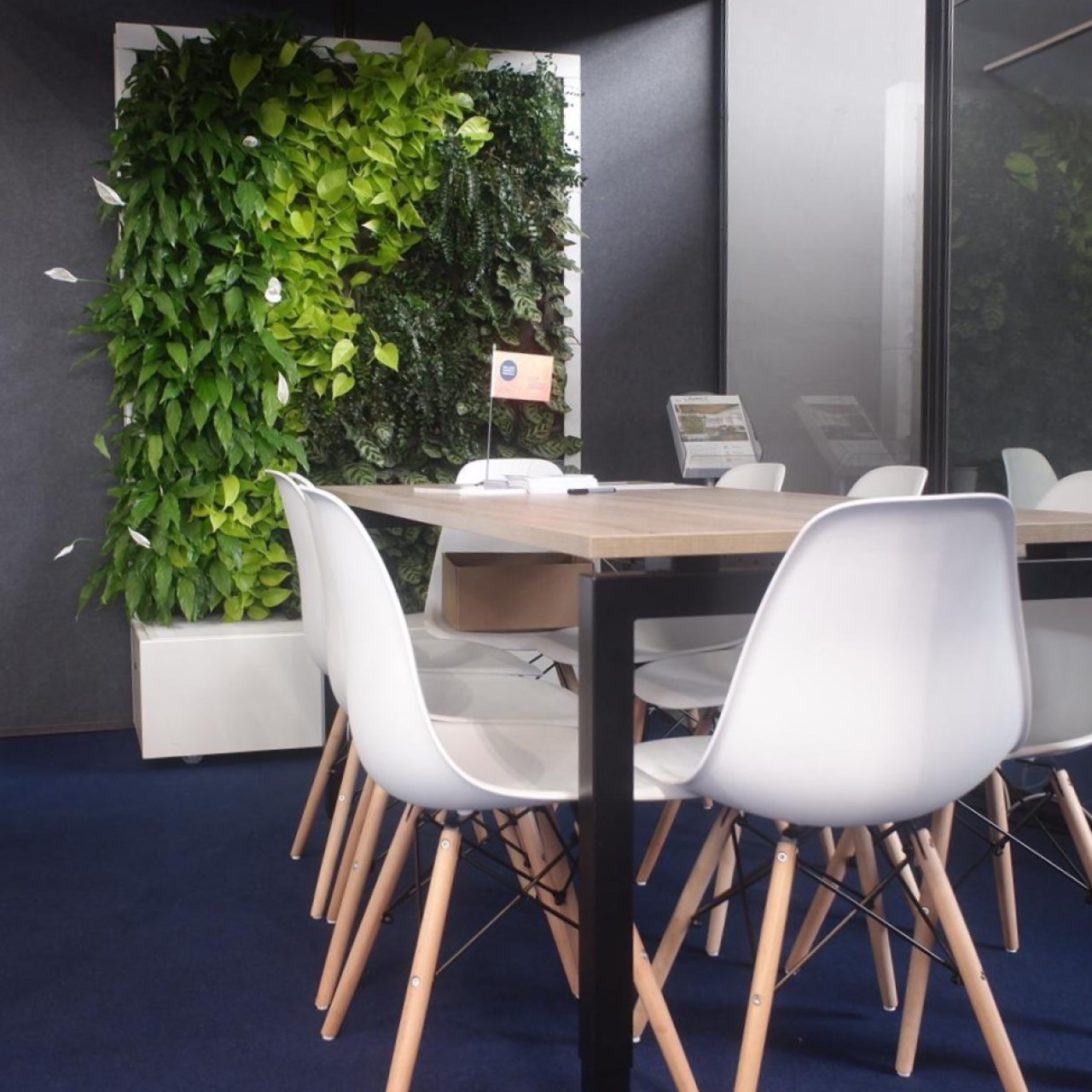
Tips for a healthy office
Do you also want to make your office healthier? With a few small adjustments you can achieve a large effect:
- Introduce living plants into your office, for example in the form of a plant wall.
- Ensure that meeting rooms and office spaces are sufficiently ventilated. In small spaces with multiple people, the air temperature and the CO2 levels can rise rapidly. An open window or door can already improve ventilation. Plants also make an important contribution to a lower indoor temperature and cleaner air.
Innovation Lighthouse aims to speed up transition to sustainable buildings
Buildings are fundamentally linked to the health and well-being of the people who live, work and visit them. Innovation Lighthouse is a knowledge center and network that solves unique sustainability challenges to create future-proof buildings and spaces. With their Living Labs they focus on testing sustainable innovations in existing buildings and evaluating their economic, ecological and social impact. They want to support property developers, building owners and tenants of buildings in an accelerated transition to more sustainable and future-proof buildings. The research results of the Happy Meetings Living Lab demonstrate that green facades in buildings, such as offices, are an important pillar for the well-being of employees and improving the air quality in the building.




Photo credits: Innovation Lighthouse
